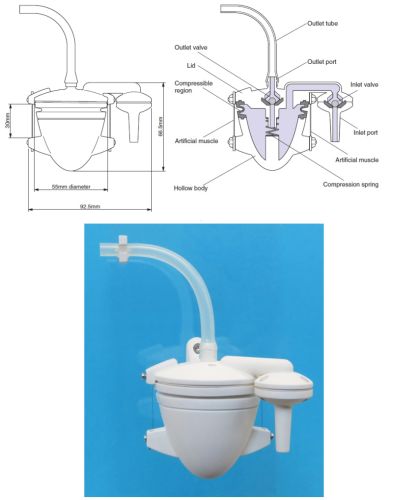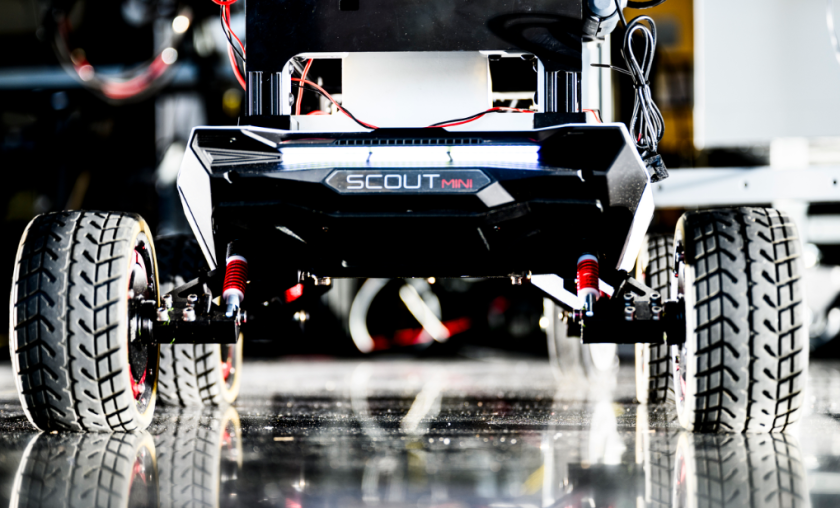Urine, an untapped resource, which was going into the drains before, will now be powering the next gen EcoBots. Researchers from the University of the West of England and the University of Bristol have come up with urine-powered artificial heart that’ll fuel these bots.
The EcoBots will be generating their own energy with the help of onboard microbial fuel cells (MFCs). MFCs will break down urine in a process generating electricity. It is not only urine that the EcoBots are fed upon but also other organic feedstocks like rotten fruits, vegetables, dead flies, waste water and sewage sludge can be used in the process.
Collecting waste from public lavatories, researchers envision organic feedstock powered EcoBots would then be employed for performing environmental monitoring tasks.
Pump that supplies the liquid organic feedstock to the chambers is the most important element in the entire EcoBot design. It is in these chambers that the microbes and electrodes are kept. In order to restore or maintain fluid balance, the pump also delivers fresh water to the electrodes. So far, the motor was based on electricity for pumping circulation.
The recent research was aimed towards motor driven pump replacement somewhat similar to natural process like muscles. Hence, the pump was modeled on the workings of human heart. The architectural framework was constructed with “compressible materials, NiTi fibers as artificial muscles, rubber balls as artificial heart valves, and silicone tubes as artificial arteries”. 3D printer was used for fabricating hard parts while silicone was employed for soft structures.
As mentioned, the working of the pump is modeled on human heart. The process starts with manually filling in the actuator with fluid then electric current is introduced to the NiTi artificial muscle fibers. The current will cause the fibers to contract hence shrinking the entire hollow body causing the fluid to rush out through an outlet tube. And then the current is removed, allowing the body to cool that’ll lead to restoring it to original expanded shell.
Upon re-starting the process, it’ll behave like rhythmic contractions of a biological heart, simulating the systolic and diastolic blood pressure.
As per the researchers calculations, efficiency of the pump is .11% while that of electric motor-driven pump is .79% however, they have a positive outlook with room for improvement for their new pump. They said that the efficiency percentage might increase if they are able to minimizing hydrodynamic losses due to friction, form a consistent surface, which is free from indentations, for the point of flow for liquid between the pump body and outlet port and lastly they’d also work upon the materials that’ll used for artificial muscle, making it more superior.
The EcoBot will have a self-sustaining energy driven mechanism, which will be based on organic feedstock. The concept is quite interesting. The researchers envision if successful, the heart-like pump might become instrumental in creating public awareness of research in biologically inspired robots.
Source: Phys.org





[…] Aabia Liz is a 23-year old freelance writer, blogger and a photographer based in US. She writes articles on technology including robotics for several print magazines as well as tech blogs and currently she is working on a project involving MFC powered bots. […]